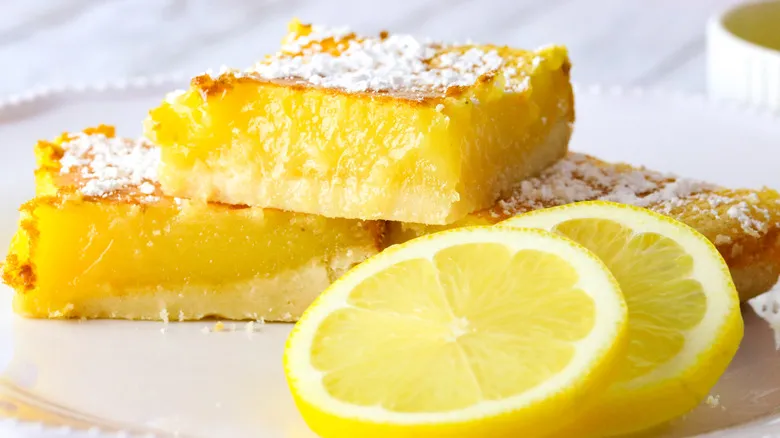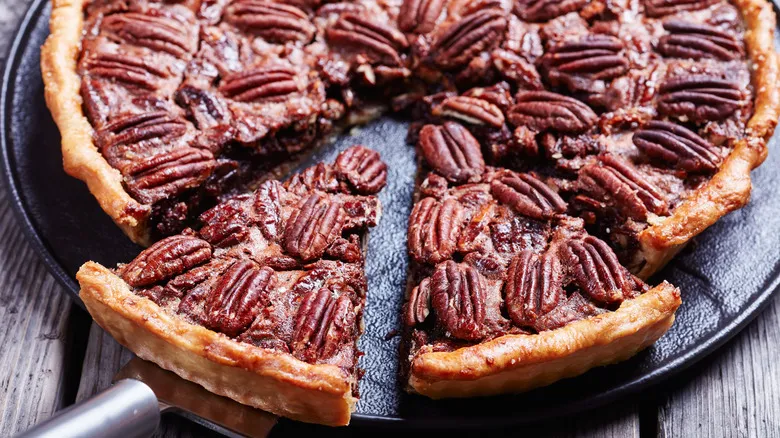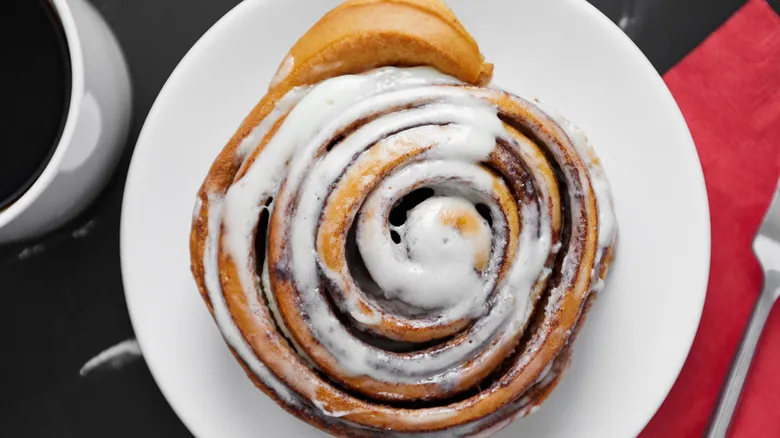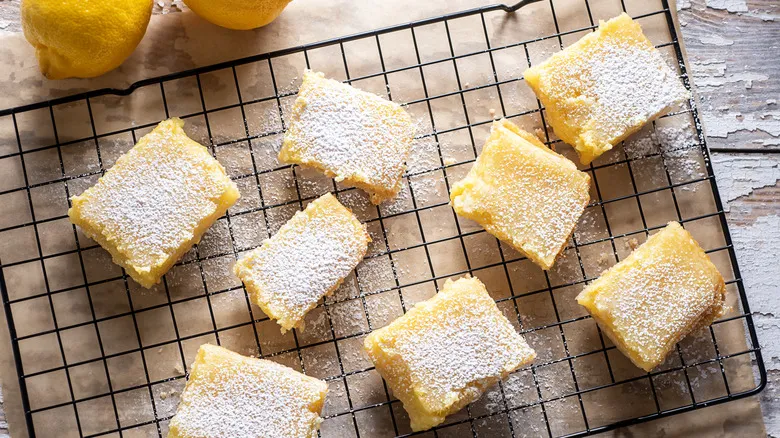Interpreting the original lemon bar

There are several notable differences between the lemon bars of the past and the modern (dare we say) enhanced versions we see today. Contemporary recipes often call for a more generous amount of powdered sugar for dusting—using ? cup compared to Eleanore Mickelson's ½ cup—and an increase in butter, sometimes doubling the amount for the same pan size. Many also incorporate flavor enhancers like vanilla, which adds a creamy, floral richness to the crust, and a sprinkle of lemon zest to intensify the tartness of the filling.
While lemons are undeniably delightful, whether you choose the standard or Meyer variety, Mickelson's influence has inspired innovative takes on this citrus dessert, including variations with lime, pink grapefruit, and even passion fruit. Some creative chefs have introduced complementary ingredients like herbs, resulting in unique lemon thyme or rosemary bars. Flavors such as lavender, honey, and ginger pair beautifully with the filling, and even turmeric can be included for its earthy flavor and vibrant yellow hue.
You can also play around with the crust. For instance, using gingersnap cookies adds a hint of spice, or you could stick with tradition by making a lemon shortbread cookie crust. Crafting these bars is an excellent way to utilize leftover lemon zest and juice, so whether you follow her original recipe or put your own spin on it, you can honor Mickelson's legacy by continuing her culinary tradition.
Recommended

What States Produce The Most Rhubarb In America?

Give Pecan Pie A Luscious Pudding-Like Texture With Chocolate

How To Bake Cinnamon Rolls To Give Them A Croissant-Like Texture

How To Take Your Gingerbread House To The Next Level
Next up

